Affiliate links on Android Authority may earn us a commission. Learn more.
5 ways phones can still be unique in the bezel-less age
January 19, 2018
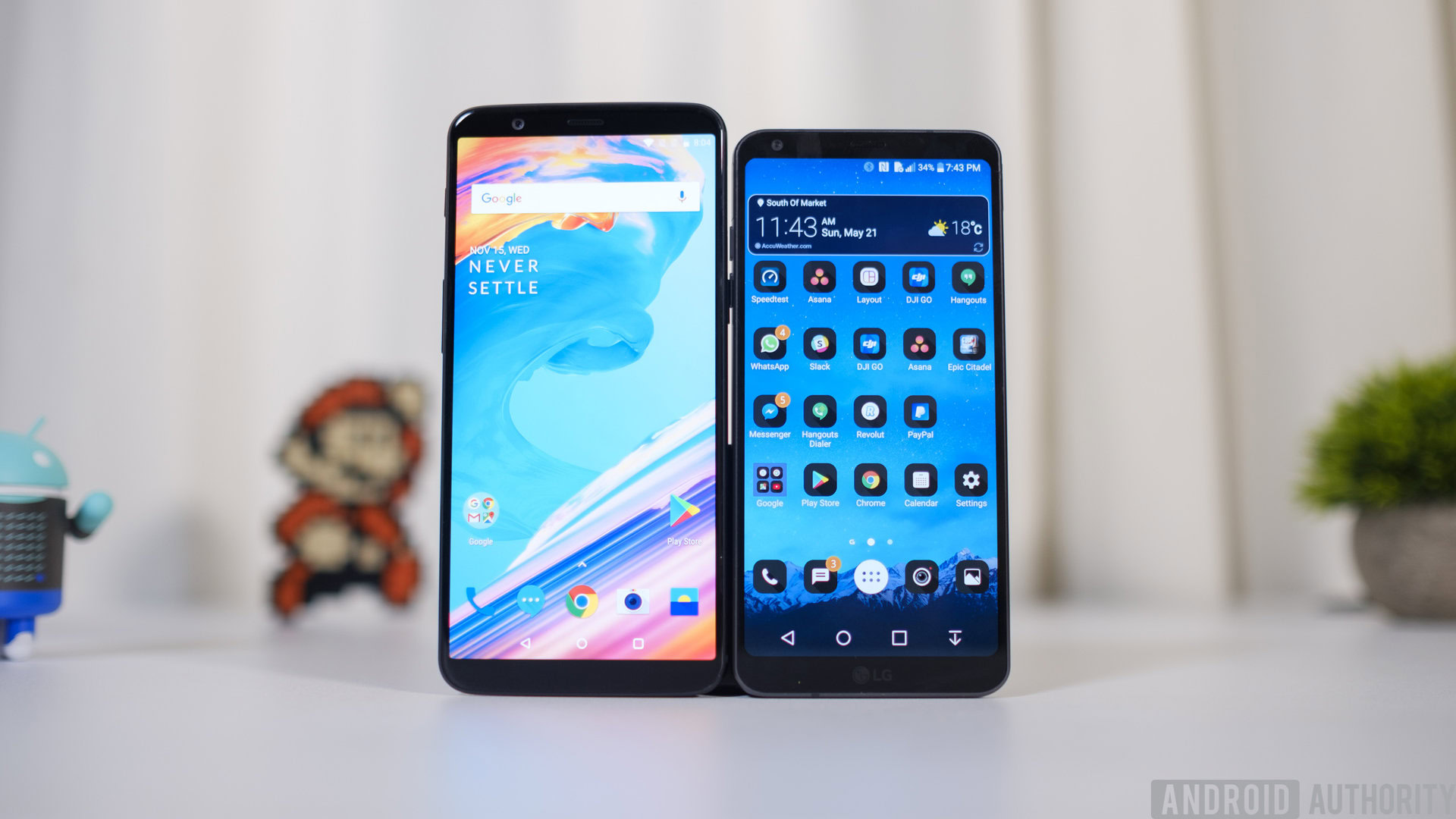
Bezel-less was probably the defining term of the 2017 smartphone industry, one I take no pride in helping to spread. The look was everywhere as manufacturers raced to offer consumers extra screen real estate, and I’m sure the trend will stick around for 2018 as well. But the increasingly common design already seems to have exhausted consumer excitement even before its second lap.
These phones all look the same, and that’s a little boring. When you’re spending a small fortune on a new flagship, you certainly don’t want it to look run of the mill. Fortunately there are a few things manufacturers could do this year to help their next products stand out.
Embrace the notch
Who said bezel-less phones have to be super thin all of the way around? This has already been demoed by the notch bearing Essential Phone, Sharp Aquos S2, and iPhone X. It’s certainly not a universally loved design idea, but you can’t deny these phones stand out for their unique look.
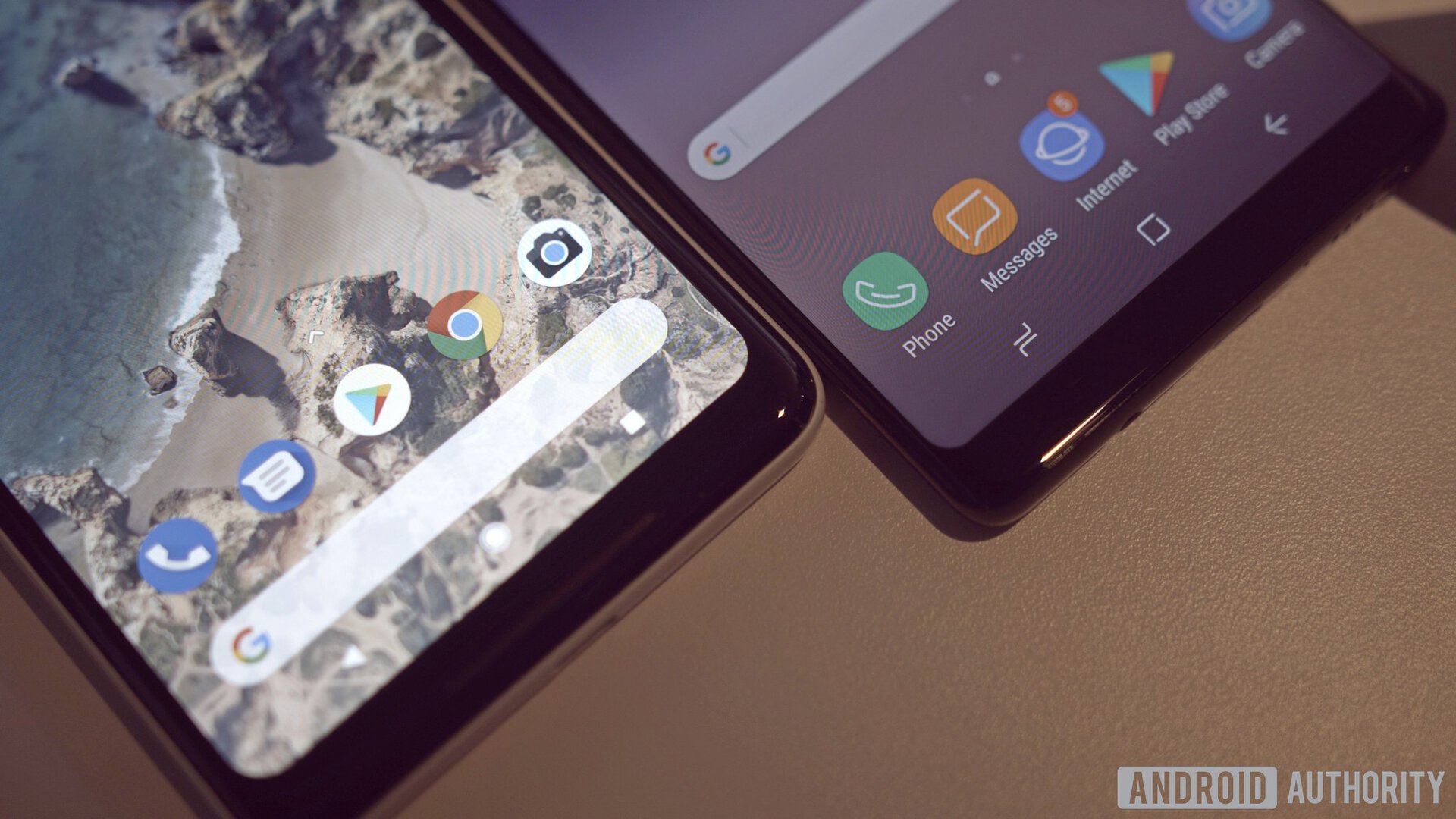
There’s certainly room to improve these designs to make them more appealing. I’m not a massive fan of these first-generation implementations. I think the notches reach a little too deep into the display, however a slightly thicker top bezel with just a small indent into the top of the display might look more appealing. Furthermore manufacturers are yet to explore if a notch taken out at one side of the display would be more aesthetically pleasing. I have a feeling it wouldn’t break immersion as much, since the notch wouldn’t be so glaringly obvious as it in in the center.
There’s also plenty of room to explore slightly more asymmetrical designs that may offer a thicker top or bottom bezel. Xiaomi gave this a go with the Mi Mix series with rather good looking results, although the camera placement at the bottom is a bugbear. This approach might work even better in a slightly smaller 5-inch-or-so form factor, where the size of the thicker bezel would be even tougher to notice but still provide room for sensors, cameras, and perhaps better handling too.
Try new/old build materials
If thin bezels are already played out, so are glass backs. Glass looks quite nice, but pretty much every phone has adopted this more slippery and fingerprint collecting material. There are still plenty of other viable options.
Metal was once a beloved material. Top-notch designs from companies like HTC really made great use of it. It seems to have fallen out of favor, as more phones moved to waterproof designs and wireless charging.
But these aren’t the only two options— wooden designs have proven popular in the past. The Motorola Droid Turbo experimented with a textured nylon back. There are plenty more options worth exploring.
Metal, wood, nylon, and even plastic are viable high-end alternatives to today's glass back designs.
Even plastic can be a very nice, lightweight material to build your phone around when done well. The old LG G3 tricked a few handlers with its faux-metal cover back in the day, when aluminum was the material of choice, and it felt great in the hand thanks to its slightly curved back. Speaking of which, why lock consumers into a particular material at all? Bringing back swappable covers would be a great differentiator in today’s smartphone market.
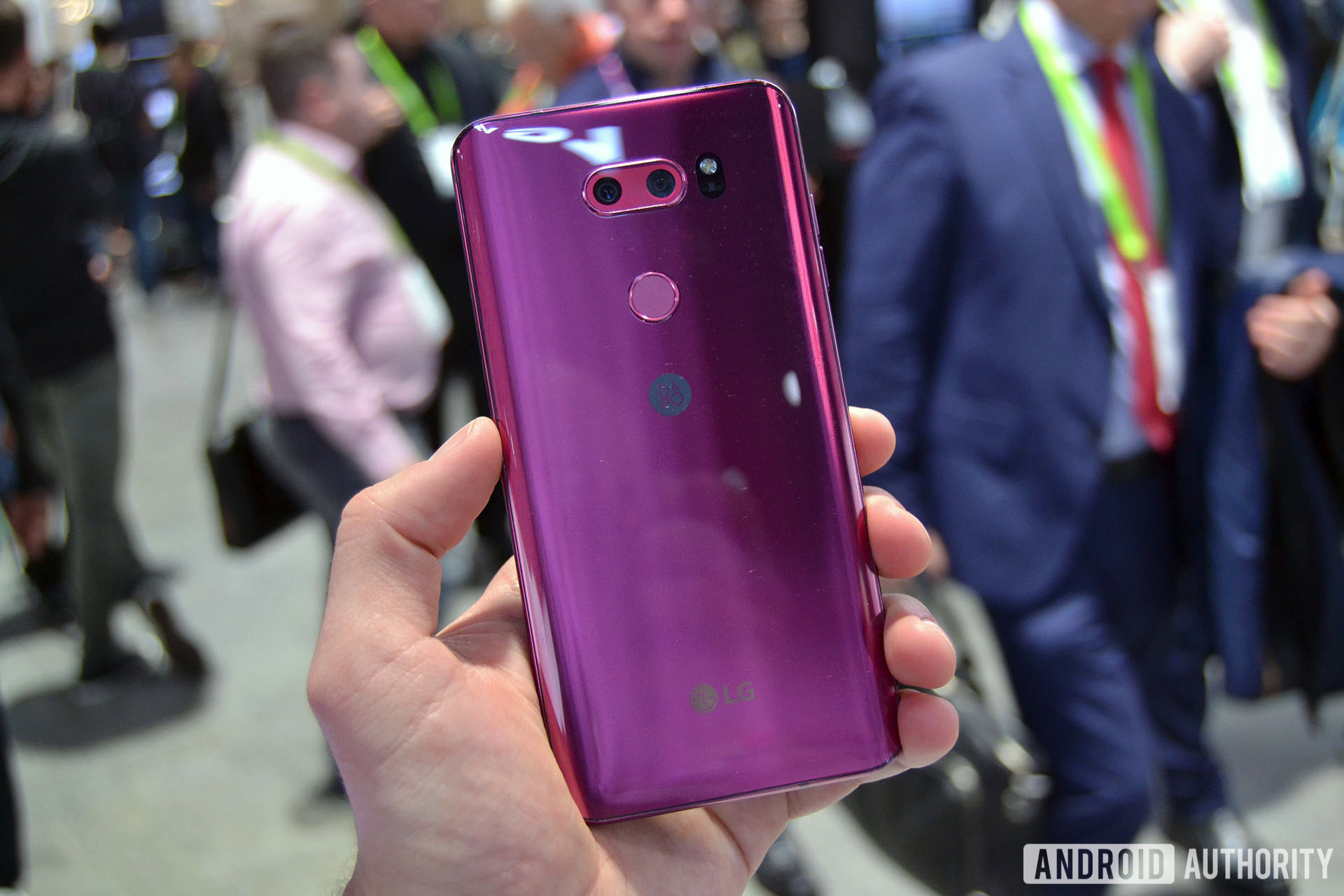
Covers and fun colors
OnePlus might not be the biggest smartphone brand, but one of its most popular features in the early days was its interchangeable covers. The OnePlus One StyleSwap bamboo cover seemed almost permanently sold out, and the range of other options gave the phone an incredibly unique look and appeal. Replaceable covers seem to have gone out of fashion following the switch to non-removable batteries and waterproof handsets, but it is possible to still offer swappable covers and keep an IP rating.
OnePlus wasn’t the only company to previously offer high levels of customization. The now defunct Moto Maker offered a wide range of color and back panel options for Motorola’s older handsets, and really set the shopping experience apart from other manufacturers.
Even if manufacturers don’t want to go so far as to offer a huge range of aesthetic accessories, offering some more interesting color options would be a good way to start. Black, grey, and white are all givens, but finding a more interesting or unique color can be tough, especially if you’re after bold colors. The LG V30’s Moroccan Blue and Raspberry Rose options are some of the best-looking phones around right now, in my opinion. And don’t forget the beautiful Green Emerald Galaxy S6 Edge.
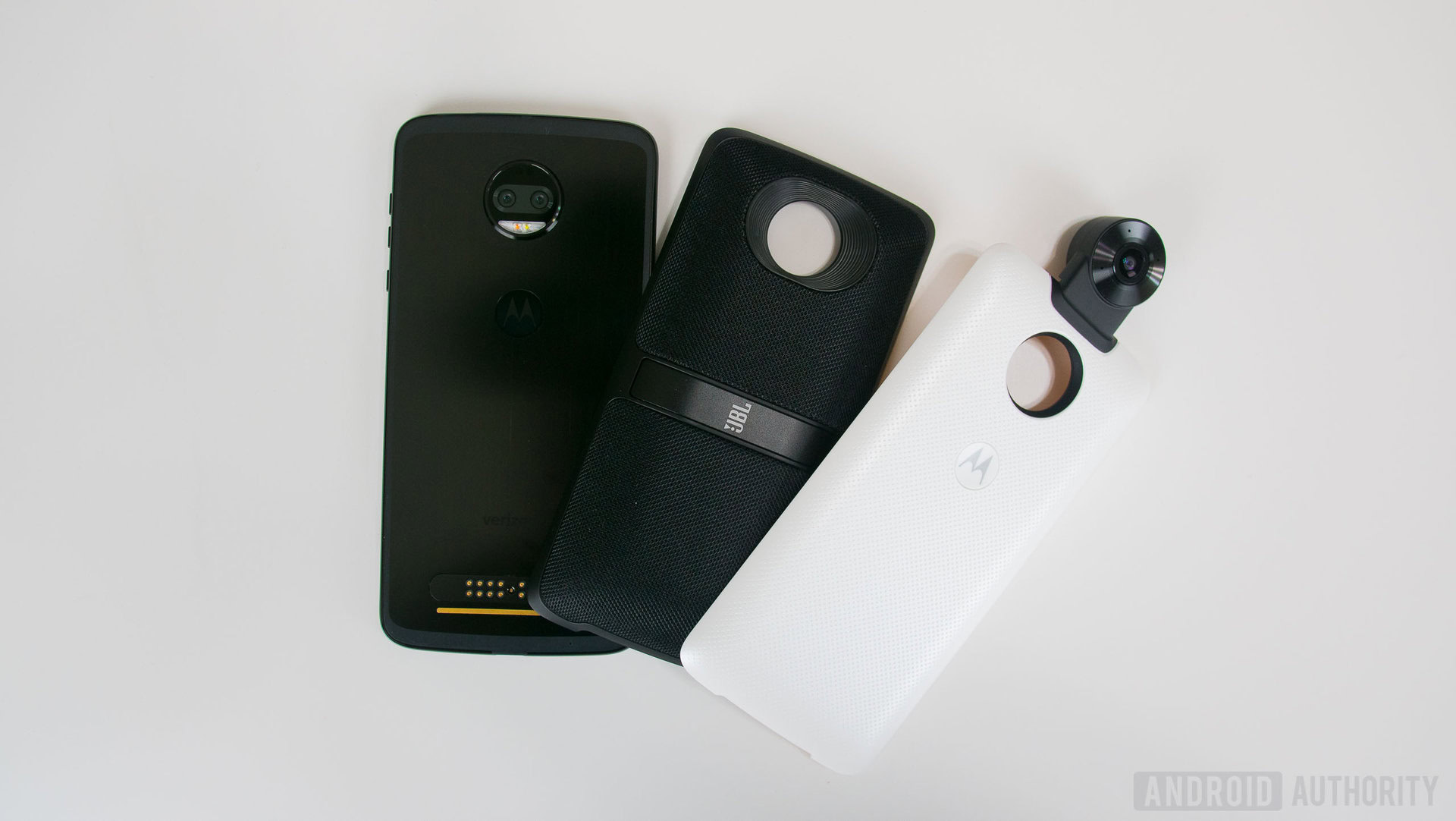
Modularity
If the front of all smartphones are going to look pretty much identical this year, then hardware innovation is probably going to be found on the back. Adding modularity not only opens up a new range of features, but can also make phones look interesting and exciting.
Mods can turn your phone from a generic one sizes fits all product into something bespoke.
Modularity may not have worked for a number of handset manufacturers in the past, but Motorola appears to be having some success. Between adding new camera features, powerful speakers, physical keyboards, and various other mods, customers are able to tweak their phone to their specific needs.
If you’re after some really specific feature, mods are a way to turn your phone from a generic one size-fits-all product into something more bespoke. In an age where smartphones are increasingly similar — not just in appearance but also in hardware — modularity, or even just meaningful accessories can break the mold.
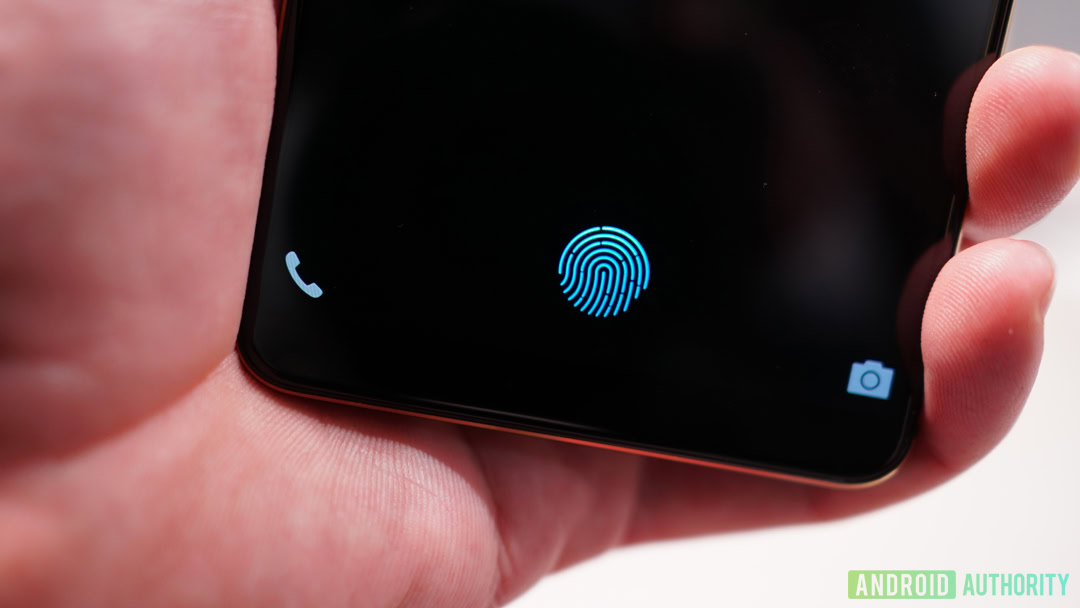
Buttons and interactions
Bezel-less designs mean our interactions without our smartphones will become increasingly similar. Capacitive buttons, home buttons, and front-facing fingerprint scanners have given way to maximizing screen-to-body ratio. Finding new and improved ways for customers to interact with their handsets will be a big differentiator going forward.
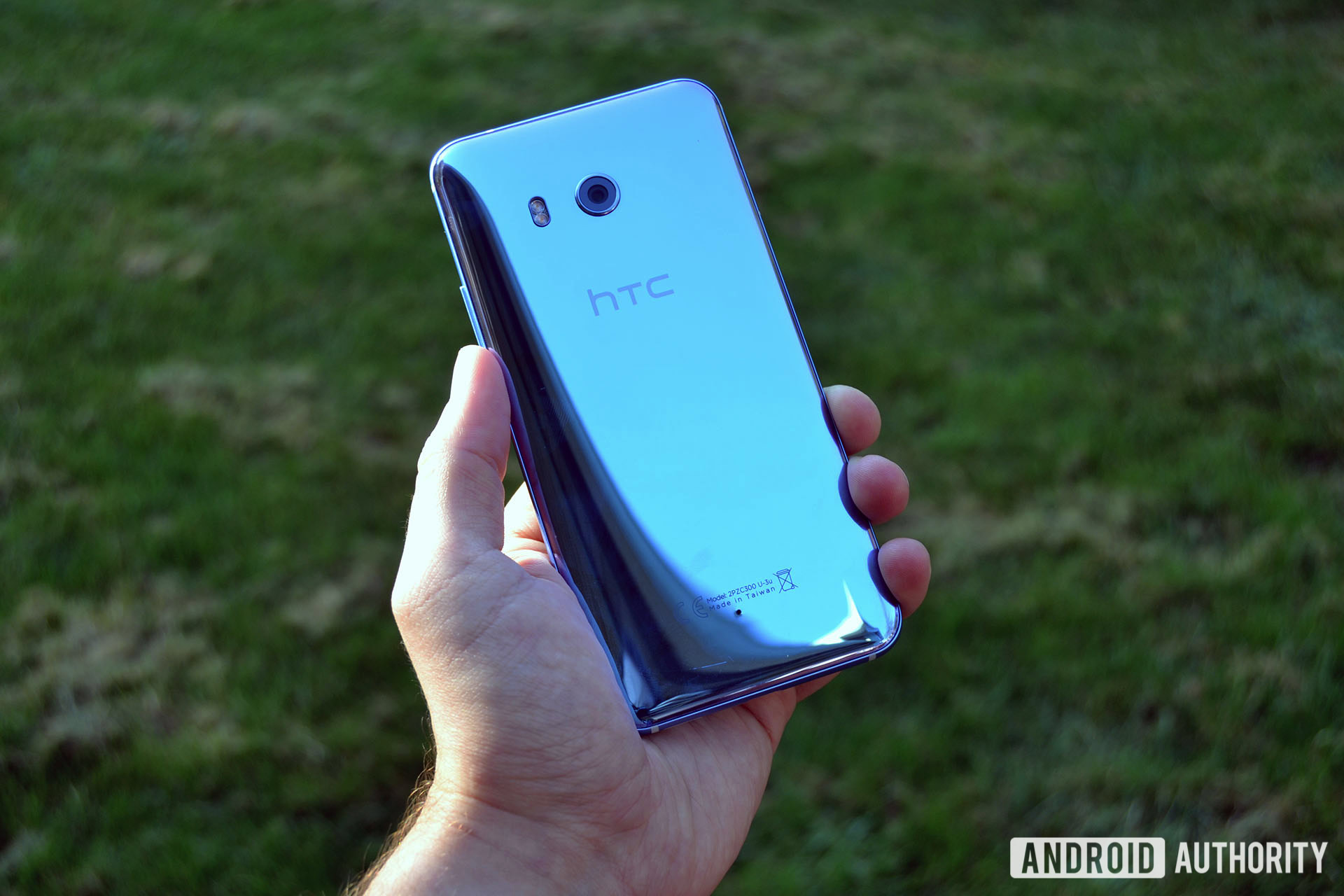
We’ve already seen this with a few 2017 models. Fingerprint scanners are now playing second fiddle to facial recognition. HTC’s squeezable Edge Sense is a very novel way of adding functionality. Some are even pining for the return of LG’s rear volume rocker. vivo’s under-glass fingerprint scanner is another new way to interact with your phone. These ideas not only shape the way consumers use their phones, but also how they look.
Another potential area of innovation is additional buttons. The Bixby button might not have been particularly popular, but BlackBerry’s Convenience Key is far more flexible in its use. Consumers seem to like customization in both hardware and software, and a remappable button is likely worth exploring in more depth if OEMs are keen on differentiation. It could do anything from a camera shutter button to quickly launching their favorite app.
Bring on 2018
2017 gave us more than enough (near) bezel-less smartphones. We’re going to see even more this year, as display technologies trickle down to lower price points. Don’t despair if you’re not a fan of this latest craze though, as 2018 should see manufacturers perfect their designs and look to differentiate from the now generic look which defined much of the last twelve months.
There are plenty of great designs, old and new, and features left to explore in the smartphone space. Which ones would you be the most keen to see in your next bezel-less smartphone?